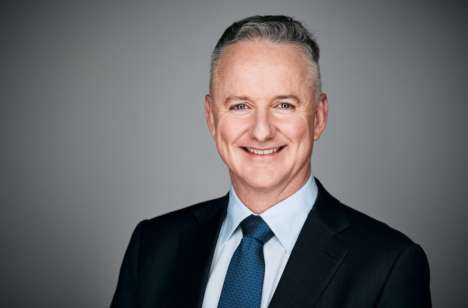Nine boss: ‘We are the only ones with a decent-sized digital business in this market’
Nine is the only operator with a “decent-sized digital business” in the Australian market, according to CEO Hugh Marks.
In an interview following the financial results, Marks told Mumbrella the digital side of the business was its key differentiator, adding he would focus his attention on growing its share of revenue in the coming years.



News Ltd don’t do video? Ever heard of Foxtel or Sky?
…wait for the completion of Seven’s new digital roll-out…
Don’t forget Seven / PacMag have had to rebuild their own online offering in the past 18 months, post its separation from Yahoo!7.
Nine have had their own digital product in market for nearly 5 years, since it broke away from Microsoft.
I think its a bit presumptuous of Nine to think Australia’s #1 TV network is sitting on their hands right now…